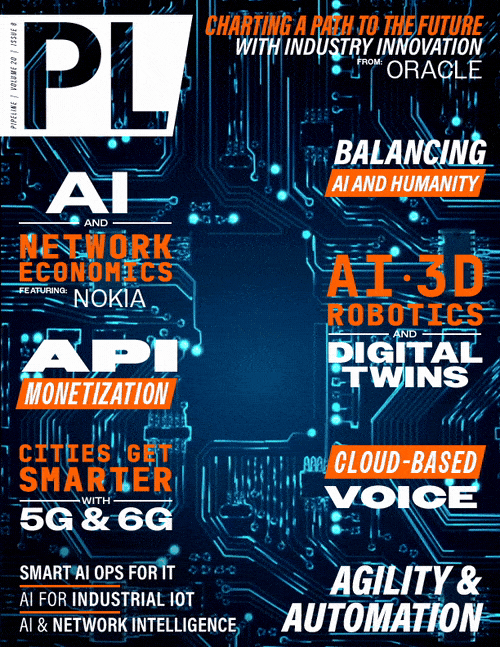How Digital Twins, 3D AI, RPA, and Immersive
Reality Tech Are Modernizing Industries
By: Dijam Panigrahi

The manufacturing sector today is being driven by rapid advancements in sophisticated technology. Among the most significant contributors to this modernization are Digital Twins, 3D AI, robotics automation, and immersive reality technologies. These innovations are not merely enhancing traditional manufacturing processes but are fundamentally altering how industries approach production, quality control, and overall operational efficiency.
Digital Twins: Bridging the
Physical and Digital Worlds
Digital Twins technology has emerged as a game-changer, providing manufacturers with a virtual replica of physical assets, systems, or processes. This technology allows for real-time monitoring, simulation, and optimization of manufacturing operations, leading to significant improvements in efficiency and productivity.
In the automotive industry, for instance, Digital Twins enable manufacturers to simulate the entire production process, from design to assembly. By creating a digital counterpart of a car, engineers can test different design iterations and manufacturing processes without the need for physical prototypes. This not only accelerates the development cycle but also reduces costs and material waste.
Similarly, in the aerospace sector, Digital Twins are used to monitor the health of aircraft components. Sensors embedded in the physical parts send real-time data to their digital counterparts, allowing for predictive maintenance and reducing the risk of unexpected failures. This technology ensures higher safety standards and prolonged lifespan of critical components.
3D AI: Revolutionizing Design and Production
3D AI, which combines three-dimensional modeling with artificial intelligence, is another pivotal technology reshaping manufacturing. This convergence allows for the creation of highly detailed and accurate 3D models, which can be analyzed and optimized using AI algorithms.
In the medical device industry, 3D AI is revolutionizing the design and production of prosthetics and implants. By using AI to analyze patient-specific data, manufacturers can create custom-fitted devices that offer better performance and comfort. This personalized approach not only improves patient outcomes but also streamlines the production process.
The retail industry is also benefiting from 3D AI. Virtual try-ons powered by this technology allow designers to visualize how garments will fit on different body types, reducing the need for physical samples and fittings. This not only speeds up the design process but also makes it more sustainable by minimizing fabric waste.
Robotics Automation: Enhancing Efficiency and Precision
Robotics automation has been a cornerstone of manufacturing for decades, but recent advancements are taking it to new levels. Modern robots are more intelligent, flexible, and capable of performing complex tasks with greater precision.
In the electronics industry, for example, the production of circuit boards involves intricate and delicate processes. Advanced robotics automation systems can handle these tasks with high accuracy and consistency, reducing the likelihood of defects and increasing throughput. Furthermore, collaborative robots, or cobots, are working alongside human operators, enhancing productivity and safety on the factory floor.
The food and beverage industry is also witnessing a surge in robotics automation. Robots are being used for tasks such as packaging, sorting, and quality control. These machines can operate at high speeds and with remarkable precision, ensuring that products meet stringent quality standards. Moreover, robotics automation helps in maintaining hygiene and safety standards, which are critical in this industry.
Cobots can be easily programmed and reprogrammed for various tasks, making them ideal for small to medium-sized enterprises (SMEs) that require adaptable automation solutions. The lower cost and quick deployment of cobots also make them an attractive option for companies looking to enhance productivity without significant capital investment.



















